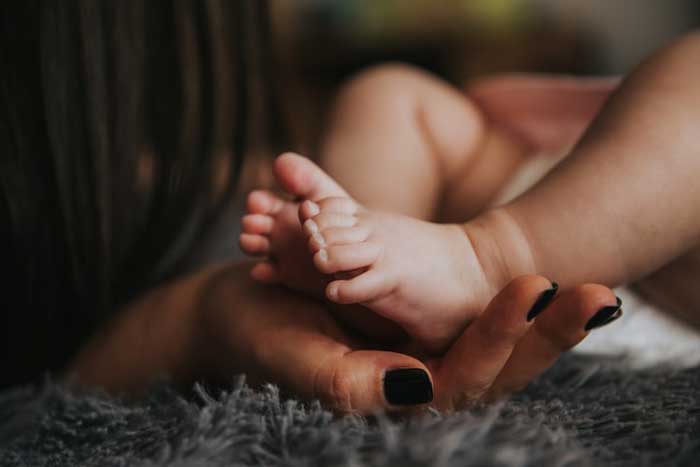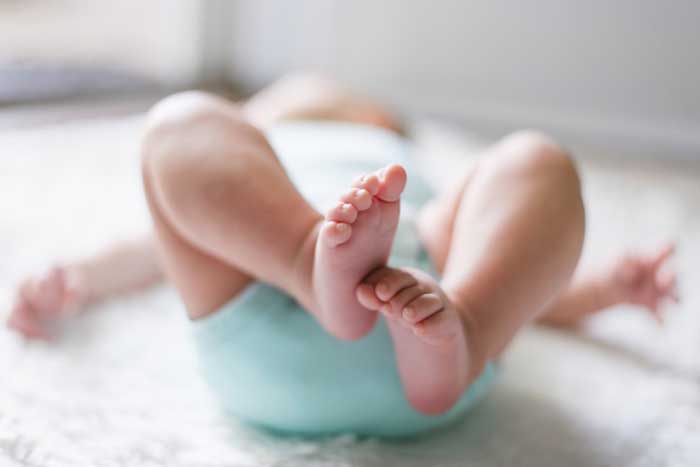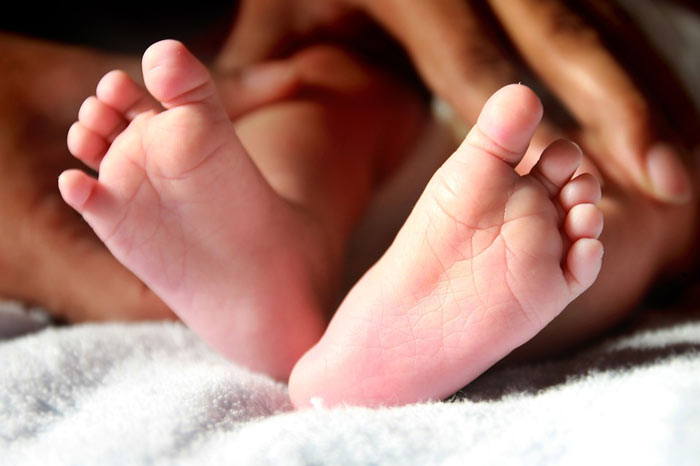In-toeing & Out-toeing in Kids
Our toes are supposed to point forward with maybe a little slant outwards – yet it is not always the case. With some people feet are definitely directed inward, producing the effect known as in-toeing. When legs are turned outward, it is referred to as out-toeing – and your child might be affected with any of these.
 As the infant gets up and makes his first attempts to put one foot in front of the other (or maybe even break into a run), parents will be happy to witness the occasion; still they must be aware that those first steps may not be as perfect as it is desired.
As the infant gets up and makes his first attempts to put one foot in front of the other (or maybe even break into a run), parents will be happy to witness the occasion; still they must be aware that those first steps may not be as perfect as it is desired.
Walking is not an easy matter for little ones, so some of them try to hold their feet at various angles as they practice placing them – turning them outward or, on the contrary, inward (the inclination known also as “pigeon-toed” manner of walking).
As parents notice their kids walking about on irregularly twisted legs, they are likely to be unnerved, yet there is nothing to worry about (unless it is painful for the toddler). The condition is quite a natural one and liable to gradually improve with the passing of time.
In- and out-toeing doesn’t usually hamper children jumping, running and playing games, which they do with the same ease as those who set their feet right.
But what, then, causes the condition?
As children get on their feet, they may experience a twist or a rotation of the bones of their legs. The main ones responsible for the irregularity are the tibia, the lower bone, and the femur, the bone of the thigh. Tibial torsion, or a slight twist of the tibia, is mostly responsible for both toeing in and out. If the femur gives a tilt (medically known as femoral anteversion), it also turns the tibia, and the kid displays in-toeing or out-toeing depending on the way the femur tilts.
Besides, there can occur metatarsus adductus, causing the foot to turn toes-inward.
To take a closer look at in-toeing
The femur can show a tilt inward – femoral anteversion which rotates the thigh, thereby giving the infant’s legs the look of the kneecaps and feet turned inward.
The shinbone (tibia) can give the lower part of the leg an inward tilt (tibial torsion).
Finally, there can occur metatarsus adductus, bending the foot inward in a manner of a kidney bean. Being pliable, the curve can be easily unbent if you straighten it softly with your hands.
Out-toeing is much less common than in-toeing, but is caused mostly by an outward twisting of the shin bone (tibia) or the thigh bone (femur).
The rarer condition, out-toeing, develops through an outward rotation of the tibia and/or the femur.
What it is that makes a child walk with twisted legs while his game companions don’t is a question that hasn’t been answered yet; researchers tend to think it might be a hereditary condition. Go back to your childhood: did you walk with your feet twisted? If so, your kid may manifest the same gait irregularity.
Other experts believe that the rotation of the baby’s leg bones can be caused by insufficiency of room in the womb: there is dearth of space in the uterus, and in an attempt to fit better the growing fetus allows some bones to rotate. When the baby is out, his bones can go on rotating, especially when they take the first strains of walking. As the tibia and the femur begin to twist, the foot reacts immediately and turns slightly in or out.
Will the gait get better?
In many cases the bones twist gradually back as the kid grows more accustomed to walking, gains better control over his muscles and learns to set his feet more accurately.
So, there is a good chance your child will eventually get rid of in-toeing or out-toeing – but it is going to take some time, and the process won’t be an obvious one. Consequently, parents can be well-advised to shoot videos to track the progress. Recording the child walking once or twice per year will show whether the gait is becoming normal. If you see the improvement, that’s fine, if you don’t, it’s time to consult the family physician to work out some kind of treatment.
Doctors used to recommend shoes and medical braces before it was discovered that they don’t really assist in correcting gait. So you don’t have to consider using these.
What if the gait remains abnormal?
If you have causes to be concerned about the baby’s placement of feet, it is an issue to be raised with your doctor. It might be a symptom of other health problems – some cases show that out-toeing can be linked with a neuromuscular condition.
Call in a doctor if your kid evinces the following symptoms:
- bones remain twisted up to three years of age;
- they limp or say walking is painful;
- the feet are twisted differently, one more prominently than the other;
- there is a development retard, for example the child is late speaking;
- walking irregularities get worse with time.
Then it’s up to the doctor to order additional tests to diagnose the problem and map out measures to improve the child’s condition.


